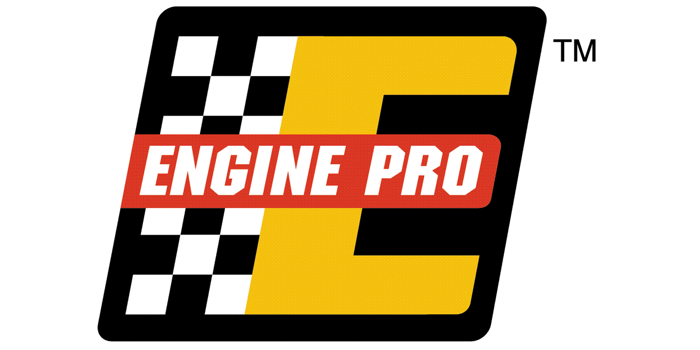Regulations and Research: How PC-11 Became a CK-4/FA-4 Reality
PC-11 had its beginnings at least a decade ago due to the EPA and government regulators pushing for higher heavy-duty truck fuel economy standards. The American Engine Manufacturers Association (EMA) wrote a letter to the American Petroleum Institute (API) and the American Society for Testing of Materials (ASTM) asking for their help in developing new, more fuel efficient diesel engine oils. Everyone agreed that new heavy-duty engine oil specifications would be needed to improve fuel economy significantly. Engine manufacturers, chemical companies, and oil marketers then began the process of identifying new engine and lab tests to define the performance levels needed to create these oils. Considerable R & D has occurred since that letter.
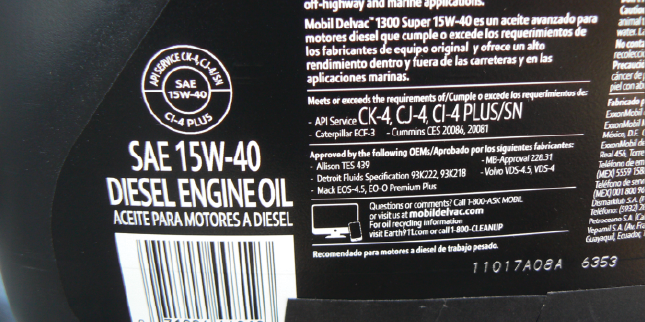
Titanium and Other Engine Friends
Titanium or Ti, is an element that has been around a while. An English clergyman interested in metals named Rev. William Gregor is credited with the discovery of it in 1781. The name titanium comes from the sons of the Earth Goddess in Greek mythology, also known as the Titans.
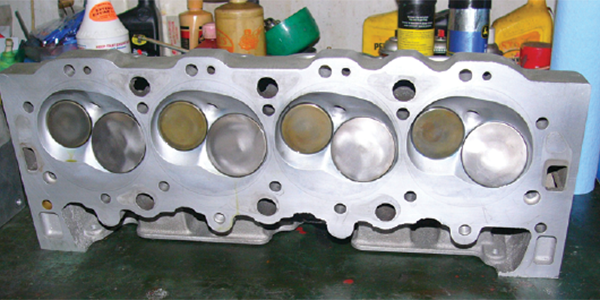
How It’s Made
My wife gets mad at me but I will regularly turn off “The Notebook” to watch an episode of “How It’s Made.”
If you’re not familiar with either of them, “The Notebook” is a sad movie that seems to have something to do with Jim Rockford (from “The Rockford Files”) and a painter. Apparently there’s also some time travel involved – I’m not really sure. It’s on TV in my house at least five times a week, thanks to the insatiable appetites for emotion of my wife and two daughters.
First Impressions: What Did I See When I Came To Visit?
They say you never get a second chance to make a first impression. I think most dads can relate to the idea of a first impression if you’ve ever had to meet a daughter’s new boyfriend. Moms can relate as well, but their expectations may be different. We can all remember when we were that boyfriend or bringing home that boyfriend and the impressions we made, which were not always that good. This may have had an impact on your relationship, and your happiness.
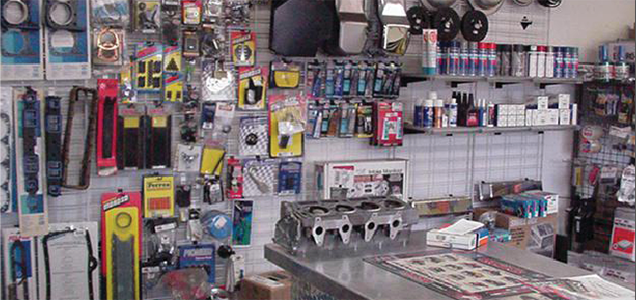
The Profit Potential in Performance Diesel Automatic Transmissions
When your diesel customer comes into your shop wanting to upgrade the performance of his pickup’s engine, are you missing the opportunity to sell him an upgrade for his automatic transmission as well? It should be a fairly easy sale when you remind him of the increased horsepower and torque he will have from the engine, and in order to take full advantage, his automatic transmission will also need an upgrade.
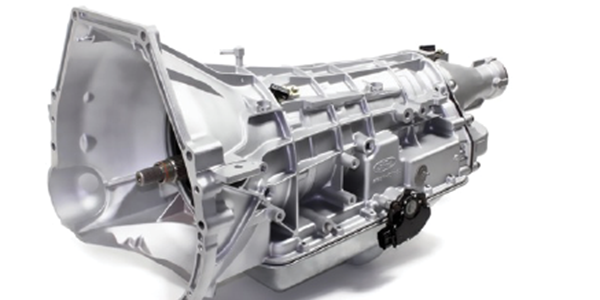
Blast Cabinets: Equipment, Media Options Make Quick Work of Different Cleaning Needs
No two custom engine builders use the same team to create their engine products nor do they create the same engine or use the same parts. Just like each application has different design outlines so do abrasive blasting machines that are used to clean, strengthen, shot peen and rebuild custom engines for use in vehicles from fleets to racing.
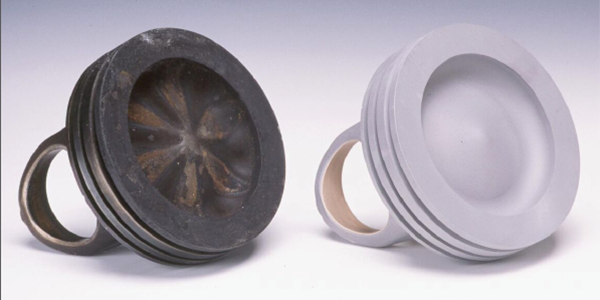
Labor Pains: What Do You Charge to Rebuild the 6.0L Power Stroke?
The 6.0L Power Stroke diesel was introduced as the eventual successor to the popular – but less emissions-friendly – 7.3L Power Stroke. For a year, both engines were available in Ford’s diesel pickups, but in 2004 the 7.3L was retired.

Sealing Combustion Pressure: The Many Functions of Diesel Gaskets
To keep a diesel engine together, the most critical sealing component is the cylinder head gasket. The explosive force of the diesel’s cylinders cause engine vibration and cylinder head shift. Under high boost conditions (usually around 40 psi), the cylinder head will literally try to lift from the cylinder block.
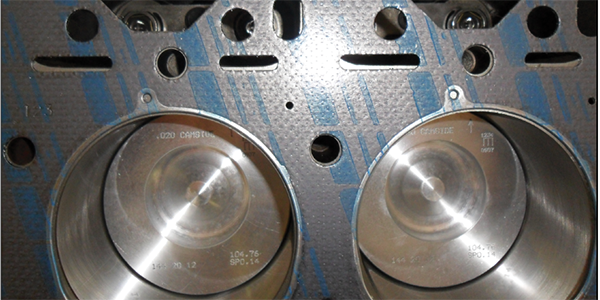
Duramax Engine: Getting Inside GM’s 6.6L Diesel Dominator
Today’s Duramax engines are recognized as dependable, powerful engines capable of being enhanced by internal engine modifications as well as bolt-on technology. They are used for towing and hauling, frequently over long distances and through unforgiving environments. They are asked to perform at the highest level and be ready to go at it again and again.
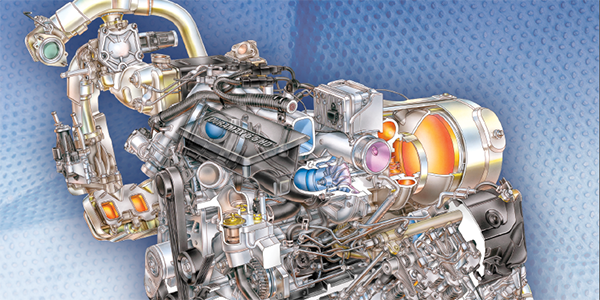
Tempering Horsepower Heat: Keeping Your Cool with Heat-Handling Accessories
Engines produce lots of heat, and the more horsepower they make the more heat they generate. Only about 35 to 40 percent of the heat energy released during combustion in a gasoline engine performs useful work by creating pressure that pushes the pistons down their bores. Diesels are a little better at 40 to 45 percent efficiency thanks to a higher compression ratio and reduced pumping losses (no throttle restriction). Even so, all internal combustion engines waste more heat than they put to good use.
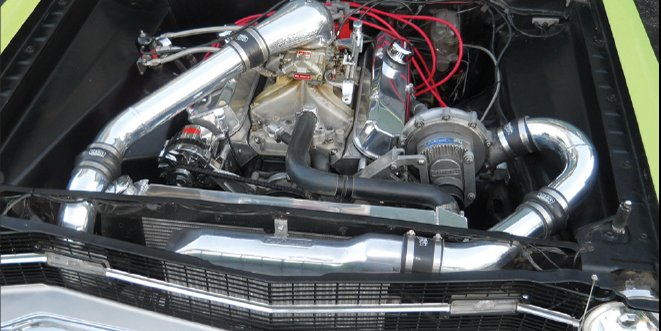
Shop Solutions – May 2017 Edition
I call this my “Easy Riser” for Harley cylinders. It is a 2.5L GM block that I have bored to two different sizes to accommodate different cylinder bottom sizes. I use bolts installed into head bolt locations to prevent rotation of the cylinders. I only hone cylinders on this, boring is still done on parallels. This is way easier than horizontal honing on a Sunnen rod hone with a cylinder hone adapter.
